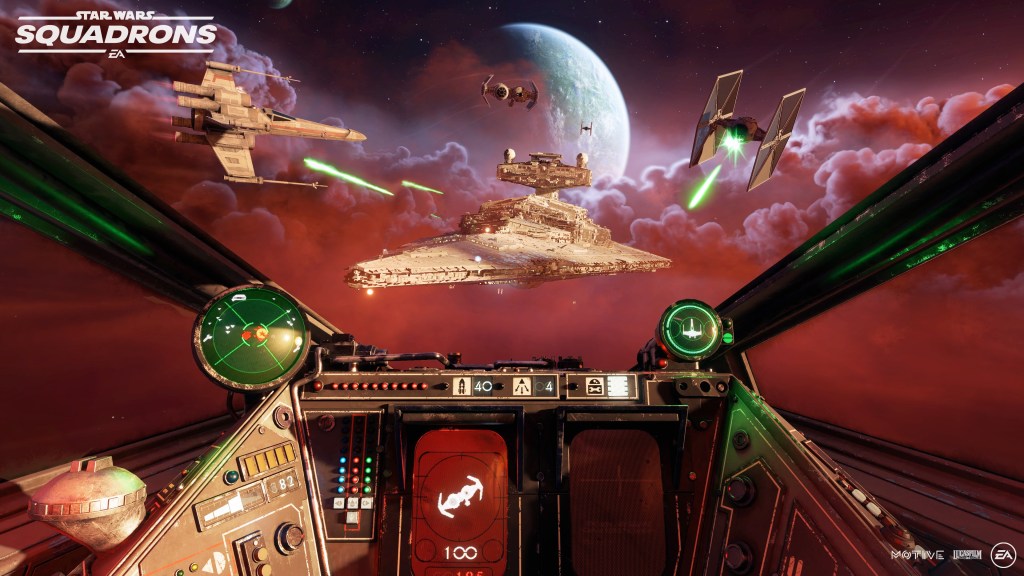The Virgin Galactic crash that killed one pilot and seriously injured another on a Halloween suborbital test flight was caused primarily by human error, according to the National Transportation Safety Board.
According to the NTSB, copilot Michael Alsbury repositioned the spacecraft’s “feather,” or stabilizing tail wings, slightly too early, which led to the violent destruction of the spaceplane. Alsbury was killed in the accident. The spacecraft’s pilot, Peter Siebold, was seriously injured.
Videos by VICE
The test flight was one of the last before Virgin Galactic planned to start taking space tourists on suborbital flights. The timeline for the company’s space tourism flights has now been indefinitely postponed.
The spaceplane, called SpaceShipTwo, differs from most spacecraft in that it’s launched from high in the atmosphere rather than from the ground. It’s carried by a jet called WhiteKnightTwo, which drops it. After a split second of freefall, rocket boosters ignite and launch SpaceShipTwo into suborbital space.
After igniting these boosters, the pilots of the spacecraft have to perform a number of tasks in order to secure a safe flight. Among those, one of the pilots has to release the feather. This has to be done precisely at Mach 1.4, according to the NTSB. Any later, and the flight must be aborted. Any earlier, and the spaceplane could break up, as happened in this instance.
According to Katherine Wilson of the NTSB, Alsbury released the feather at Mach .8.
The NTSB said that Scaled Composites, the company that built SpaceShipTwo, did not build in enough safeguards to prevent such an incident. Wilson also said that the simulation training wasn’t sufficient, because the simulators don’t vibrate in a way that’s realistic.
“Lack of recent experience with powered flight vibration could have increased stress and workload during a critical phase of the flight,” Wilson said. “Scaled Composites did not emphasize human factors in the design, operational procedures, simulator training, or hazard for SpaceShipTwo. During design, Scaled did not consider the possibility that a pilot would unlock the feather before 1.4 Mach and as such no safeguards were built into the feather system designed to present this.”
“Although program personnel said that they were aware that unlocking it during transonic flight would be catastrophic, there was no warning, caution, or limitation in the pilot operating handbook or test card that specified this risk,” she added.
Robert Sumwalt, a member of the NTSB, noted that other test pilots who had flown the SpaceShipTwo said pilot workload was too high immediately after launch: “One test pilot commented that with respect to unlocking [at Mach] 1.4, it was difficult not to be late. It is a busy time and personally I would be late on it if my workload was high.”
In a simulation prior to the test flight, Alsbury apparently unlocked the feather slightly too late, which was noted in a debrief. The NTSB theorized that Alsbury was anxious about making the same mistake on the real flight, perhaps leading him to unlock it too early.
So, that’s a lot of technical detail about what seems to have gone wrong. What now? Virgin Galactic (which has a contract with Scaled Composites to fly the SpaceShipTwo) has not officially responded to the NTSB’s report yet, but the company has apparently added in safeguards making it impossible to unlock the feather if it’s unsafe.
Seeing as how the NTSB report just came out Tuesday morning, it’s too early to say when Virgin will resume testing SpaceShipTwo. There is nothing technologically infeasible with launching a spaceship out of the middle of the sky, but NTSB staffers seemed astounded with the number of things the ship’s two crew members were required to keep track of in order to have a safe flight.
Virgin Galactic said it would be releasing its own report on the incident later today. The company did not immediately respond to a request for comment. In a tweet, the company said it “welcome[s] the results of their investigation.”
It’s possible that manned, space-launched planes will need a higher level of autonomy in order to be considered reliable. Whether the SpaceShipTwo is the ship that’s ultimately going to take tourists to space is certainly in question.



